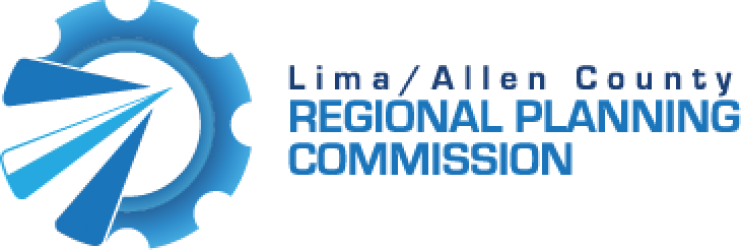Please redirect to new page: https://www.lacrpc.com/public_comment/
Meeting cancellations for March: TAC 3/25, DCC 3/25, AAC 3/26, TCC 3/27… Join us for the TIP/WORPO Open House – April 1, 2025 at Allen County RTA from 2-6 pm. Click here for more details… Now Hiring for Account Clerk. Click here for more details.


Follow Us On (419) 228-1836
(419) 228-1836